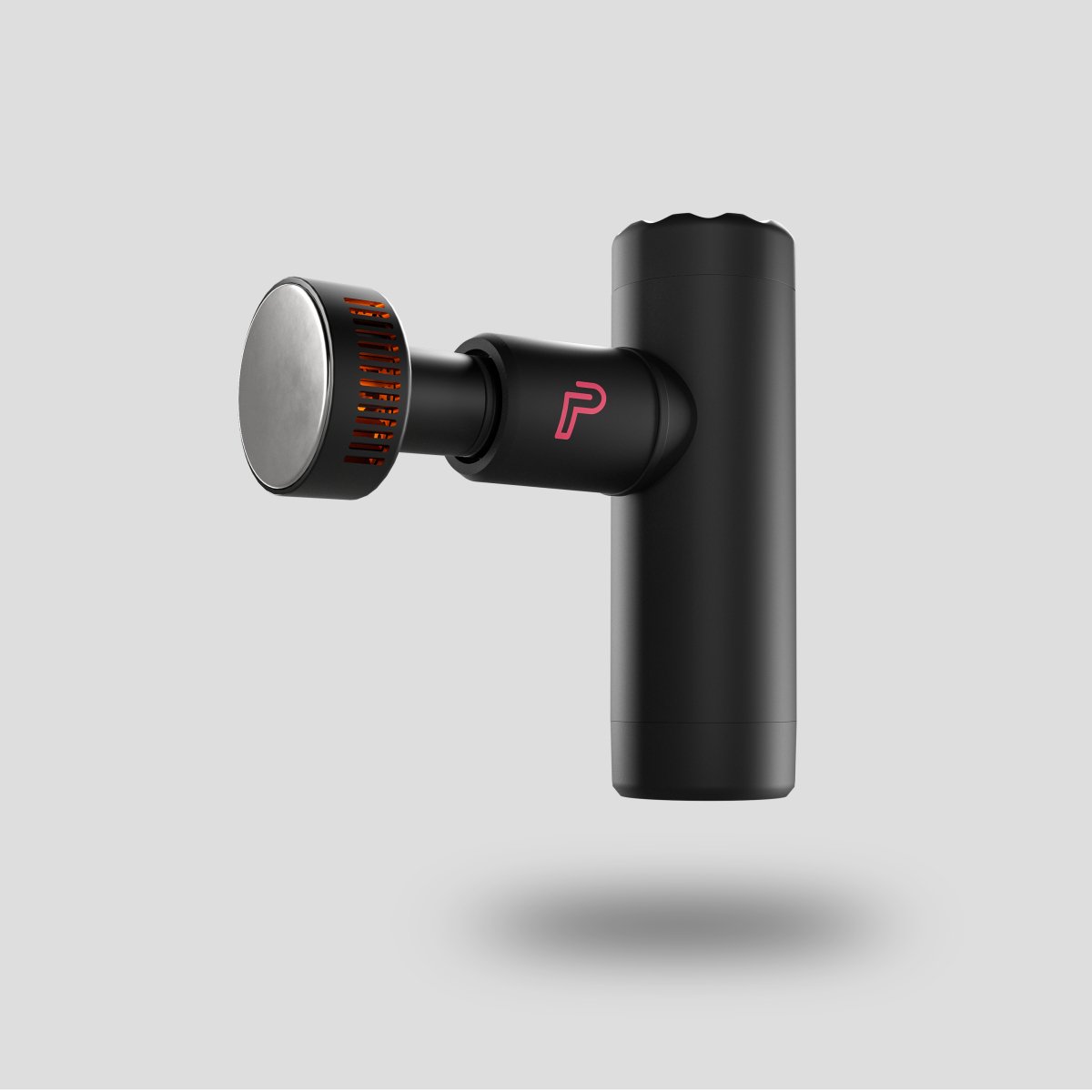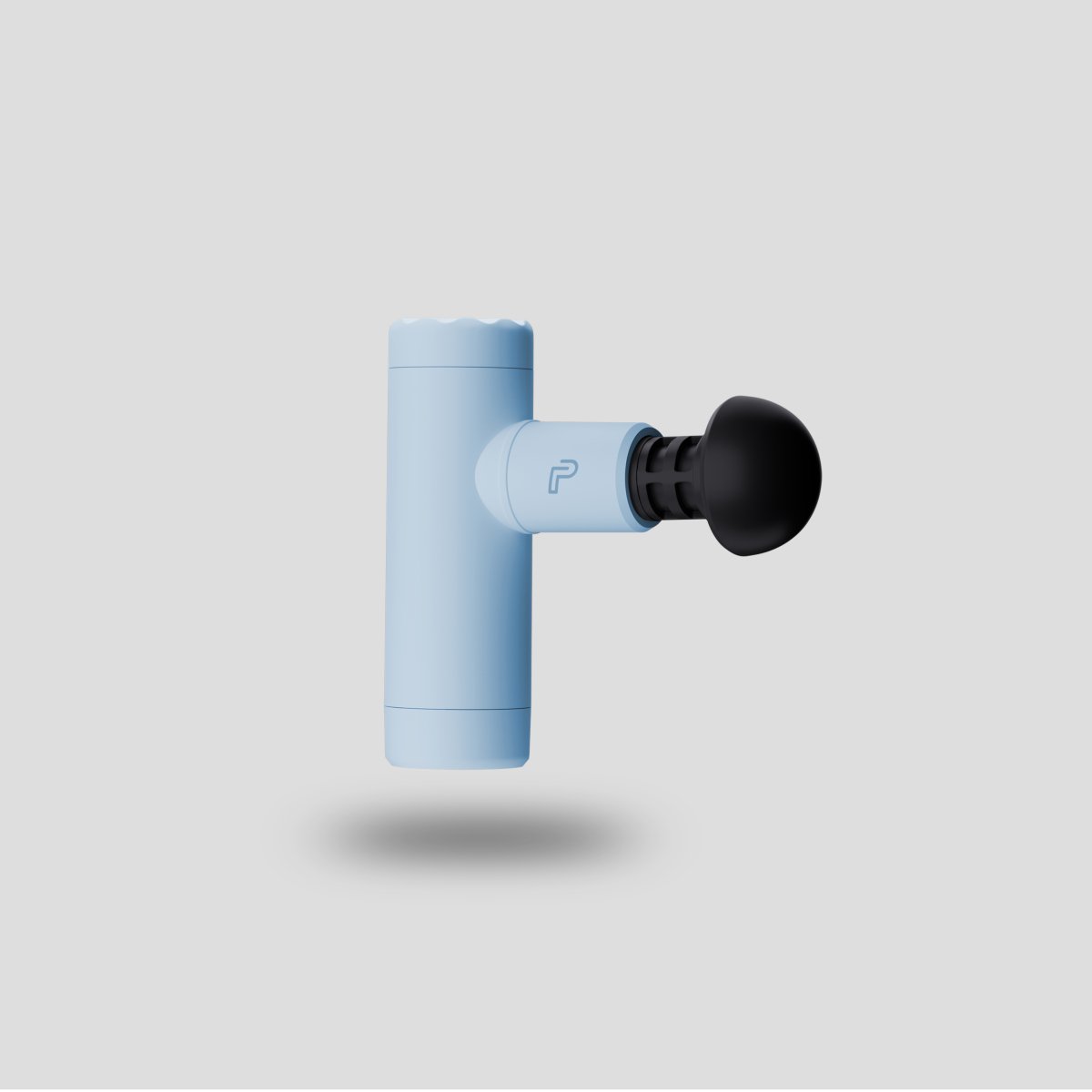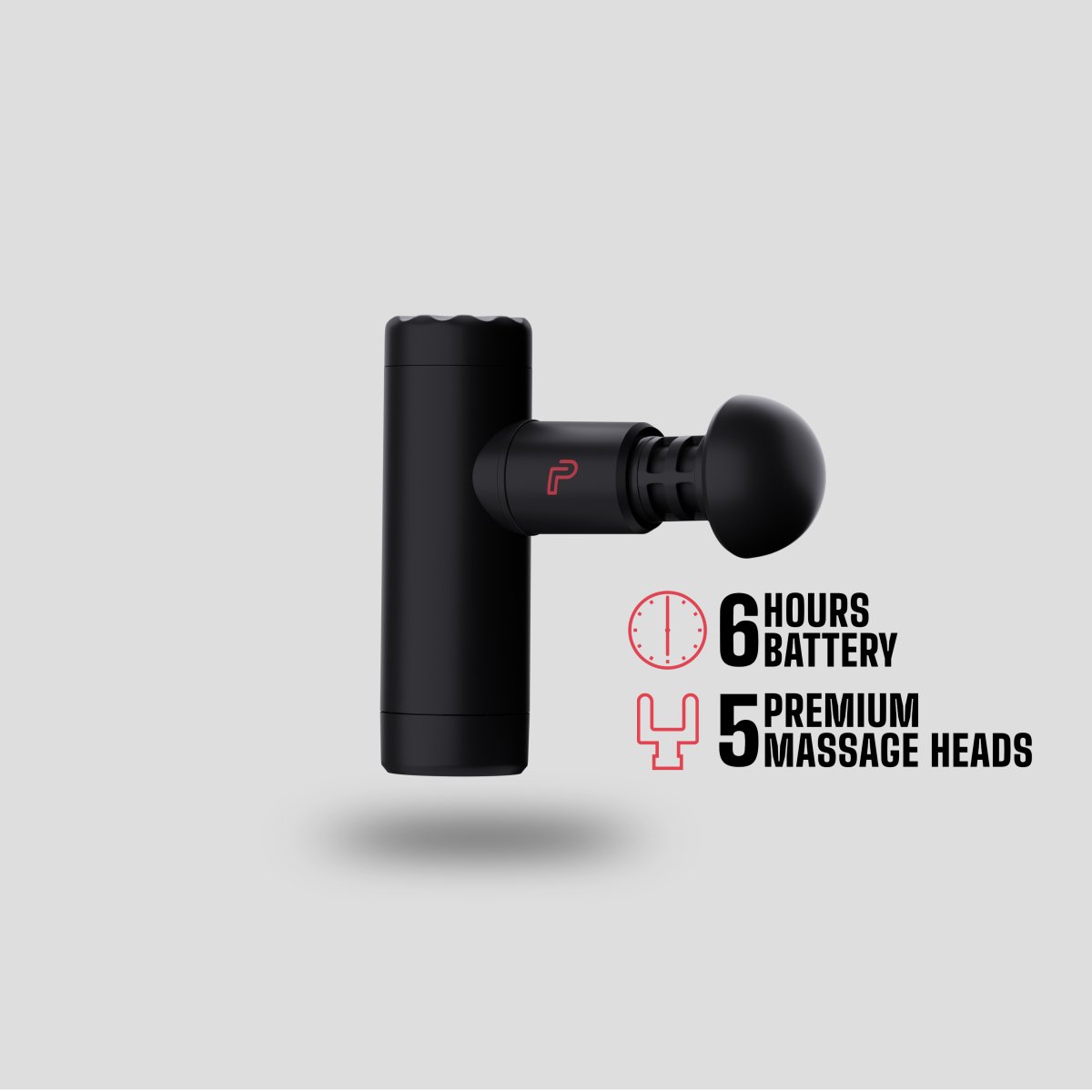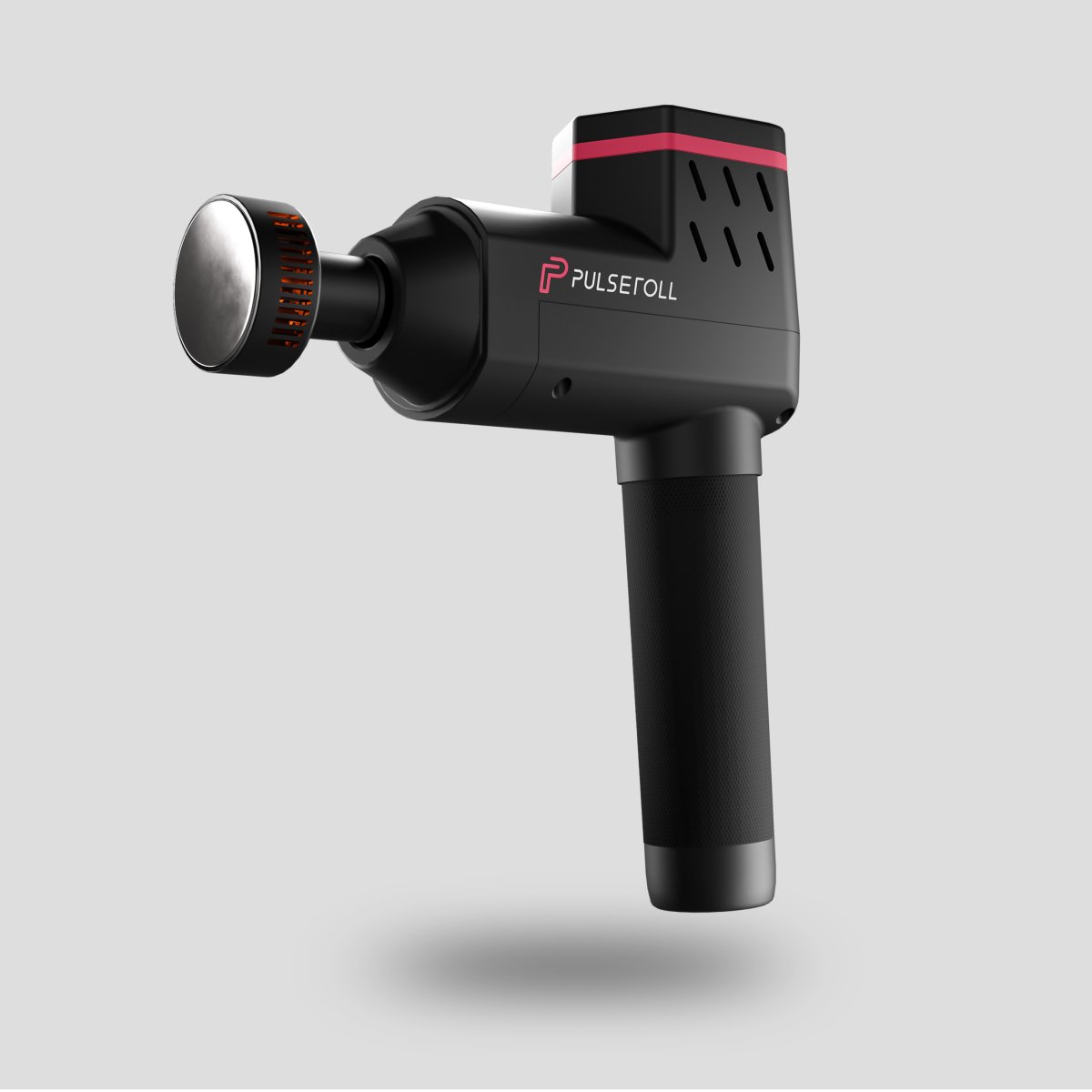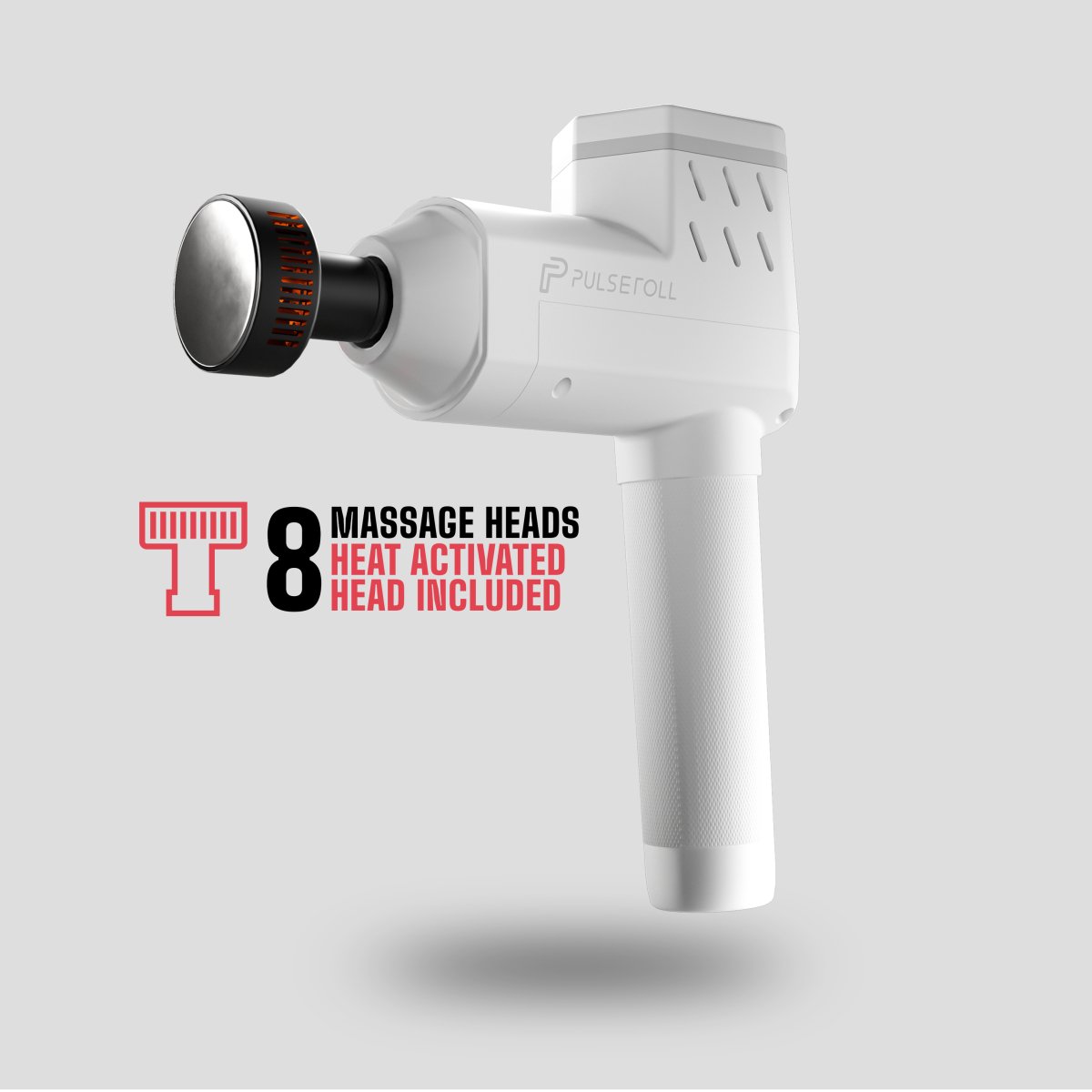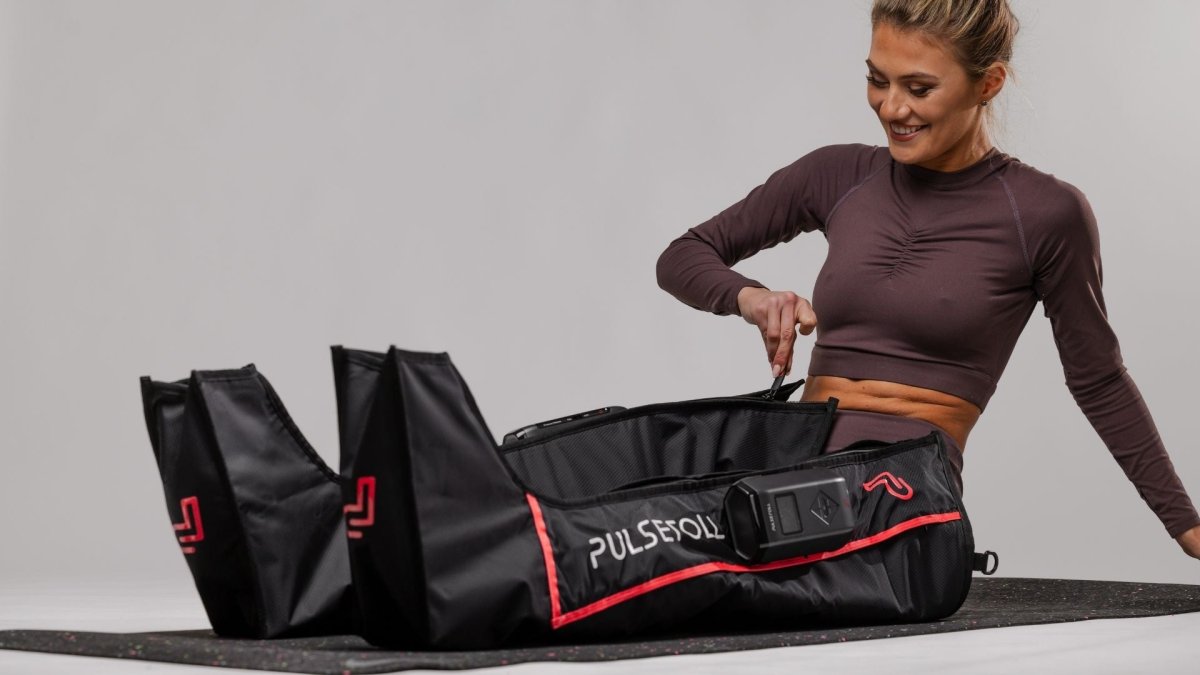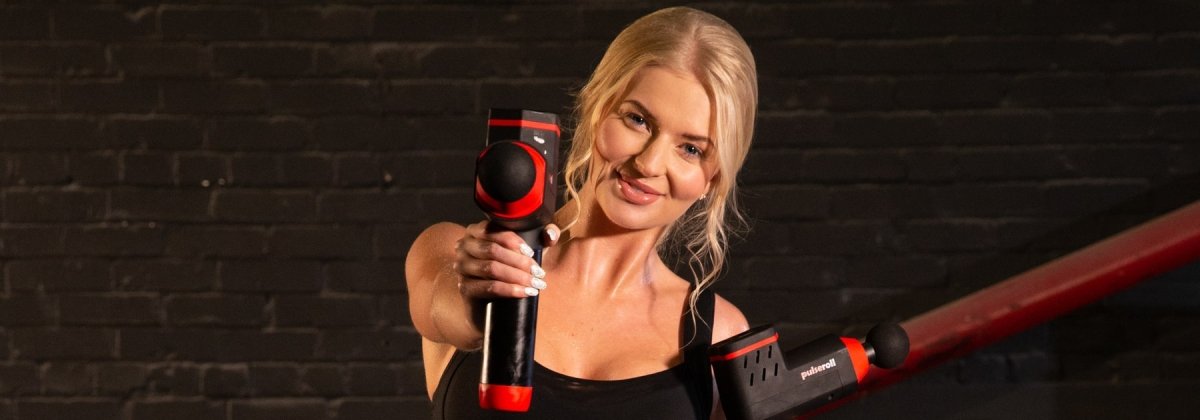It’s no secret that dancers suffer immensely from DOMS after intense rigorous training! Meet Aaron, the newest member of the Pulseroll Ambassador team! Read on to discover Aaron’s advice on muscle recovery and massage techniques with the Pulseroll vibrating foam roller.
I’ve been dancing since I can remember, from being a toddler transfixed by dance on the tv, to the routines I did when I was in S Club Juniors, to my 3 years training at a performing arts college and now, where my career is working as a professional dancer and choreographer.
There's no denying my body isn’t what it used to be through the repetitive strain I have put it through all these years, so it's important I look after myself and take the recovery process seriously.
Dancer Aaron Renfree was once a member of the pop group S Club 8 (formerly known as S Club Juniors.) After their success as a band, Aaron went back to college and trained at Laine Theatre Arts where he graduated with a National Diploma in Musical Theatre.
His dance career then furthered as he started dancing commercially working with the likes of Taylor Swift and Little Mix. Plus TV shows such as X Factor, Britain's Got Talent, The Voice, The Brits and Royal Variety.
Aaron is also very passionate about choreography and not long finished choreographing Eugenius! the musical in London. Aaron has choreographed the Professionals On Ice tour the last couple of years which lead him on to working on Dancing On Ice on ITV.

When I first discovered Pulseroll I couldn’t believe the difference from a regular foam roller - I could feel instantly where the vibrations had already started to ease the pain.
Having up to 5 different vibration speeds allows you to control the intensity to suit your ability and level of discomfort. Using the unique combination of pressure and vibration, it effectively eases soreness by increasing blood flow and oxygen to the muscles. It literally is like having your own massage or physiotherapist whenever you need it and will save you some money!
In addition, it’s very lightweight and portable which is a bonus as dancers usually have lots of luggage! In the past, I have purchased inexpensive regular recovery items that haven’t lasted, I haven’t cared enough to look after, or I’ve ended up leaving behind somewhere. Once you have Pulseroll you’ll definitely treat it with care, just like it takes care of you!
Dance requires a lot of strength, stamina and flexibility. Performers in the West End and touring companies dance up to eight shows a week, not to mention the rehearsal process before hand which is when dancers bodies are really put to the test. Our exertion level rivals, if not exceeds, that of a professional athlete, so it’s common for dancers to experience muscle soreness in their careers. Some of the rehearsals I have done for tours have been really tough, everyday there is a new ache or pain as you can’t always prepare for what choreography is to come and how that will affect you physically.
Now when I have an intense schedule I’ll make sure I use my Pulseroll massage products beforehand so my body is more prepared and warmed up. Getting injured is one of the hardest things to deal with being a dancer, it’s so frustrating not physically being able to do what you love. It’s better to treat any problems sooner rather than later to prevent further pain and focus on getting back to dancing as soon as possible.
Performing repetitive moves in shows, sometimes twice a day and not having much muscle recovery time in-between, can increase a dancers risk of chronic overuse injuries. This means that the injury is the result of gradual wear and tear that can progressively get worse over time, rather than just being caused by a specific incident. It’s important to treat this early on before it can restrict everyday activities also.
Personally, my physical weakness is my knees which have gradually got worse overtime and it's only now, since being introduced to Pulseroll, I’m really taking care of them. I now use my vibrating foam roller whether I’m aching or not, as the idea is to prevent injury too. It’s just as important to use it before you’re active as well as after.
 The most common injuries for performers are sprains and strains where the muscles and ligaments are twisted or overstretched, also dancers are likely to develop arthritis so again, maintaining a good recovery routine is vital to keep the body in good condition.
The most common injuries for performers are sprains and strains where the muscles and ligaments are twisted or overstretched, also dancers are likely to develop arthritis so again, maintaining a good recovery routine is vital to keep the body in good condition.
Hamstrings
Rolling out your hamstrings is the perfect warm up and preventative before going into any sort of physical activity. Whether you are jumping high or squatting low this is my first go to exercise. Even just sitting with your legs out over your Pulseroll and letting the vibrations do the work to begin with, is a great start. Same applies to your calves.
IT bands
If you’re feeling some tension anywhere from your hip to your knees, rolling out your IT bands on the sides of your legs is a good idea to release some pressure and massage those trigger points. Don’t over do your IT bands, this is usually the first place dancers start to roll out but usually with having a high pain threshold, this means sometimes they can over do it and roll out too much, which could result in damaging the tissue. Usually around 5 minutes on each body part is more than enough.
Glutes
Getting into your glutes can be quite painful but try and persevere to prevent flexibility limitations and further pain in your hips, back, and other areas. Roll out sitting on your roller with one leg crossed over the other. Along with the roller, I’d personally recommend the Pulseball which can really target the troubled area.
Hip Flexors
Your hip flexors annoyingly have the power to throw your whole body out of alignment which can affect your core stability. It’s a good idea to give them some attention especially for those turns or basic balance. Simply lie face down with the vibrating roller underneath one of your hips, bend the other leg at a 90 degree angle to make room and focus on one hip at a time.
Back
Dancers tend to have hyper mobility in their back and shoulders so it can be helpful to release the over dominant muscles that can hinder you during performance. You want to be careful when you roll out your lower back along the sides, if you put too much pressure, you could bruise your kidneys, so go easy on yourself.
Feet
My favourite exercise! Sit on a chair with your lower back supported, your feet down firmly on the vibrating roller whilst changing angles, allowing the central, inner and outer parts of your feet to massage against the roller. Let the vibrations work their magic and take some time to de-stress and relax.
Please note, never roll out if there is swelling or a tear as you don’t want to damage tissues further. Make sure you are healed before beginning the recovery process. Don’t roll too quickly, you want to allow your muscles to relax on the roller and let the vibrations do the work, it will create a greater compression for the deeper tissue just like a massage.
Finally a reminder not to roll over your bones as that simply just hurts, especially your knees and ankles. If you ever feel numbness or a tingling it's probably best to stop and take a break.
Make sure to check out our NEW massage gun, with 4 speed settings and 6 attachments it's ahead of the recovery game!
Director - @themattevers
Film - @instashowreel






